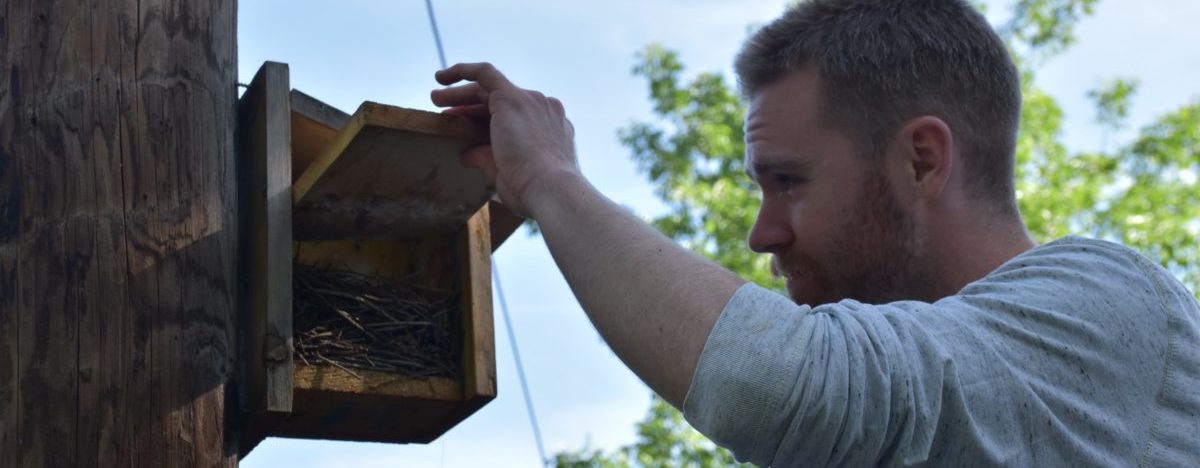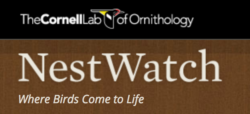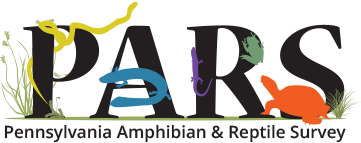
- What Is Citizen Science?
- Why Participate?
- Shaver’s Creek Farmland Nestbox Program and Webcam
- Citizen Science Projects You Can Participate in through Shaver’s Creek
- Citizen Science You Can Do on Your Own
What Is Citizen Science?
Citizen science is a research and educational tool used to engage a broad range of individuals in doing science. Through participating in certain projects, everyday people become engaged in real and meaningful forms of science learning while providing local and worldwide biological inventory, long-term monitoring, and research to organizations and researchers.
Why Participate in Citizen Science?
Citizen science projects help Shaver’s Creek Environmental Center fulfill its mission to enable individuals and communities to achieve and maintain harmony between human activities and the natural systems that support all living species.
To expand the capacity to address many research questions and data needs, organizations and researchers look to worldwide community members to assist in generating reliable and useful data. By participating, you are volunteering your time to projects that otherwise could not be achieved due to limited resources and funding. In turn, these outcomes can assist in producing a more rigorous focus on a particular biota, generating research funding and support for specific habitats and species protection.
Citizen science participation results in a meaningful understanding of the natural world while advancing scientific learning in all stages of life. This understanding can be a powerful tool that can apply to real-world problems while providing communities with a desirable quality of life and the empowerment of observation.
Shaver’s Creek Farmland Nestbox Program
Since 2019, Shaver’s Creek has been engaging with private landowners to help promote suitable nesting opportunities for American Kestrels and Barn Owls by installing and maintaining nestboxes. Landowners with significant agricultural or grassland habitat can participate in this program by placing a box on their property.
Mifflin County Barn Owl Nestbox Camera
Disclaimer: This camera shows a live feed of nest activity. Please be aware that natural events may be disturbing. Viewer discretion is advised. Please refresh your page if the camera appears inactive.
Nestbox Cam
Citizen Science Projects You Can Participate in through Shaver’s Creek
Shaver’s Creek participates in a number of national citizen science projects that take place on-site and off-site. Some projects desire volunteer assistance and allow individuals and groups to create their own accounts for the classroom, the backyard, and everyday adventures.
Citizen Science You Can Do on Your Own
You, as an interested individual, can participate in any worldwide citizen science project in your own backyard, nearby park, or local nature center. Citizen science is not defined by age, gender, ethnicity, citizenship status, education, or physical abilities. All levels of experience and specific biota knowledge are welcome and your specific interest can be accommodated.
The M.W. McBride endowment allows Shaver’s Creek to engage learners of all ages with STEM and environmental education programming and citizen science efforts, as well as support our staff’s professional development. This endowment has made possible the creation of a video streaming service for a barn owl camera in Mifflin County, which has attracted several thousand views on the Shaver’s Creek website.







